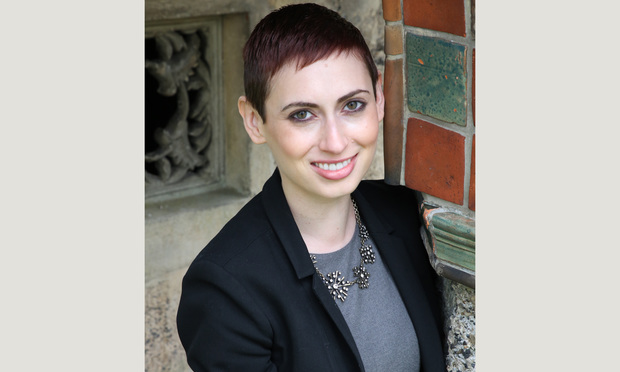I have reached that age where it seems that every doctor’s appointment starts with the question “do you have children.” The answer is no, which usually results in further discussion with my medical provider. I’ve been told by doctors that my fertility rate is declining, that it is very possible that I will struggle to conceive, and the worst, that should I become pregnant, it will be a geriatric pregnancy which could come with complications. When the doctor mentions “geriatric pregnancy,” it feels like cold water is suddenly thrown on my face. First, I think I am far from “geriatric” and find that phrase offensive. Second, and most importantly, it is that comment which suddenly grips me back to reality about my fertility. I never truly thought would have any issues with conceiving. When I want to have babies, the babies will appear. However, with more and more women working and making their careers a priority, more and more women are delaying pregnancy. Suddenly, we are all 35 years old and starting, for the first time, to consider having children and then being told by the doctor that it might be more complicated than we originally expected.
The fact is that I am not alone in this struggle. According to a report issued by the U.S. Society of Assisted Reproductive Technology in 2015, approximately 1 million babies were born via assisted reproductive technology (ART) from 1987 through 2015, see 2015 Assisted Reproductive Technology: National Summary Report (Center for Disease Control et al. 2017). According to the Centers for Disease Control and Prevention, demand for ART has doubled over the past decade. With the growth in popularity of ART, especially IVF, comes a new issue for family law practitioners. When couples go through IVF, they generally obtain multiple embryos, either to be implanted now or to be cryopreserved for a later date and future children. When couples decide to divorce or separate, an issue arises as to what to do with the frozen embryos.
This content has been archived. It is available through our partners, LexisNexis® and Bloomberg Law.
To view this content, please continue to their sites.
Not a Lexis Subscriber?
Subscribe Now
Not a Bloomberg Law Subscriber?
Subscribe Now
LexisNexis® and Bloomberg Law are third party online distributors of the broad collection of current and archived versions of ALM's legal news publications. LexisNexis® and Bloomberg Law customers are able to access and use ALM's content, including content from the National Law Journal, The American Lawyer, Legaltech News, The New York Law Journal, and Corporate Counsel, as well as other sources of legal information.
For questions call 1-877-256-2472 or contact us at [email protected]


 Melanie Wender of Curtin & Heefner.
Melanie Wender of Curtin & Heefner.




